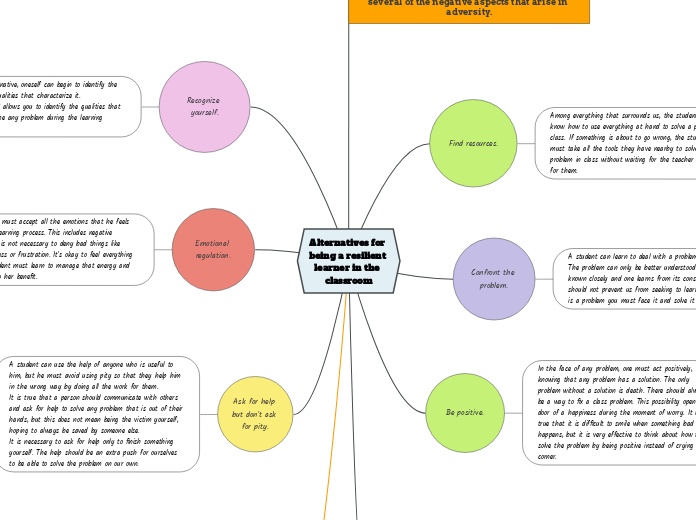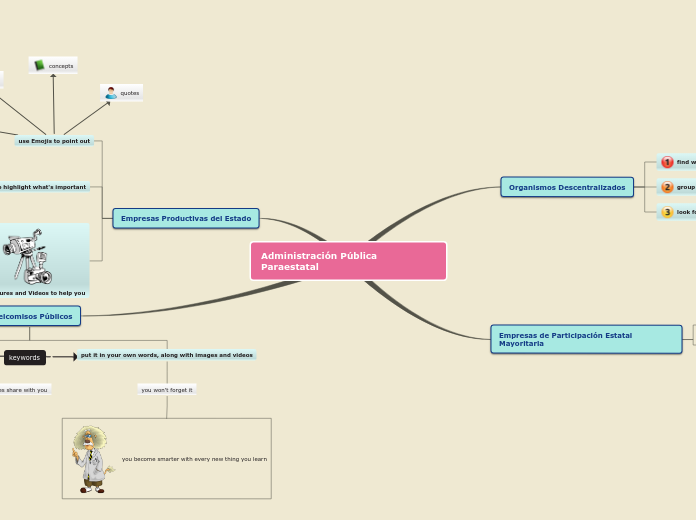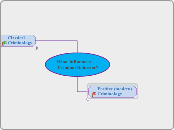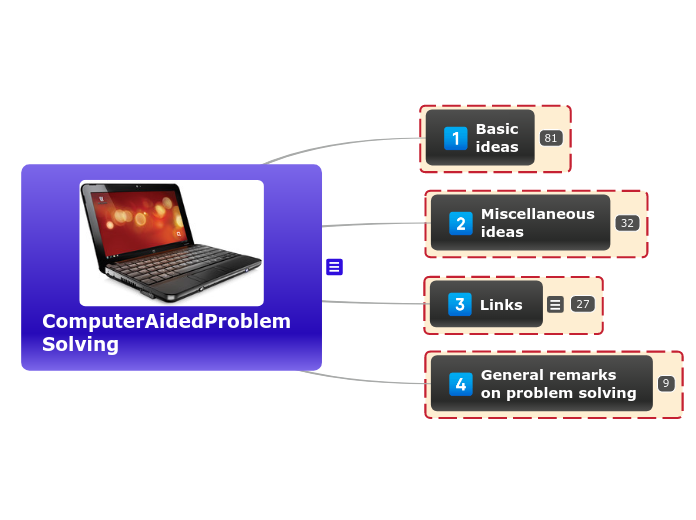da Jaime Mauricio Coello Ulloa mancano 2 anni
162
Alternatives for being a resilient learner in the classroom
Being a resilient learner involves developing strategies to effectively navigate challenges in the classroom. One key aspect is knowing when and how to ask for help appropriately, ensuring the assistance received is used as a tool for personal growth rather than a crutch.









